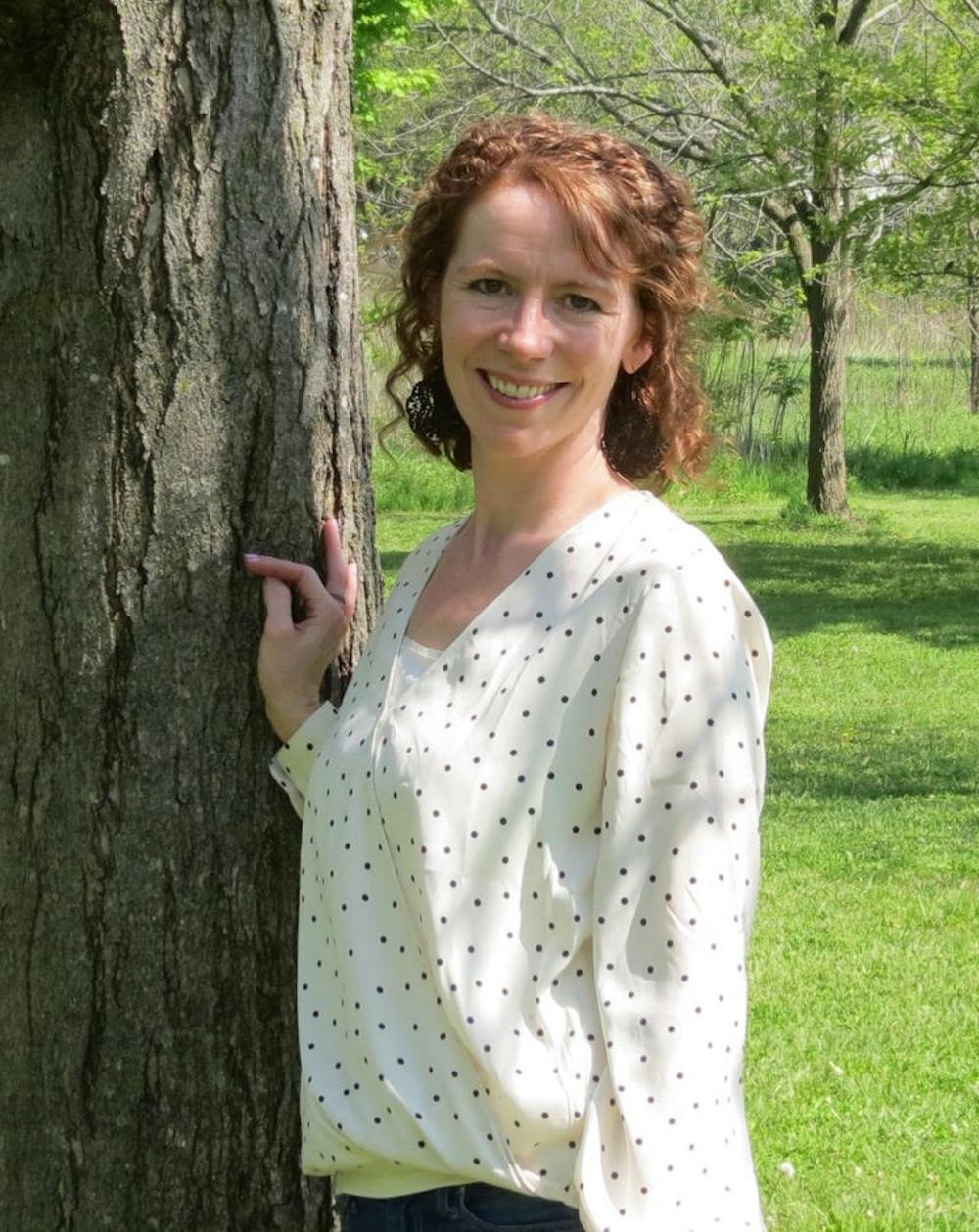The History of Art and Architecture Department recently announced that Marguerite Lenius has accepted an assistant professor position, specializing in the art of Africa and the African Diaspora. Lenius is the first professor covering art from the African continent and diaspora at the college.
This is the culmination of a multi-year process for the department to hire its first Africanist. According to Associate Professor and Department Chair of History of Art and Architectural Studies Edward Vazquez, the department previously underwent an unsuccessful search to hire a two-year Africanist position. Two years ago, the department was approved to hire a tenure-track professor, which led to the search this year that resulted in Lenius’ hiring.
Lenius had a non-traditional path to becoming an art historian. She was originally trained in theater and started her own nonprofit theater group that examined cultural themes through art. Realizing that she did not have the education and understanding of arts and culture to support her vision, she decided to enroll at Columbia University.
Lenius was first introduced to art from Africa at Columbia, specifically studying the ritual arts of Africa. She became fascinated by the subject.
“That was my first introduction to [African art] and it really set me on fire,” Lenius said. “I was passionate about it because it brings together all the themes I was interested in with our theater company, in terms of having a multimedia approach to big cultural issues.”
Lenius pursued her doctorate at the University of Wisconsin-Madison. Having received a fellowship to learn Swahili, Lenius’ research focused on the adolescent initiation rites of the Shambaa community in Northeastern Tanzania. Her research combined her interest in performance and the body.
“One of the things that has emerged in my work is researching figurative imagery, how the body is presented artistically, both in terms of sculpture and the performing body,” Lenius said. “Such as body adornments, ritualized dress, and how these objects are used in adolescent initiation rites to construct the bodies [and] artistically create bodies.”
At Middlebury, Lenius is planning to teach classes that encompass her own research interests. These include courses on the issues of collecting African art objects in a museum context, contemporary African art and ancient Nubian art, to name a few. She also hopes to work in collaboration with the Black Studies Department and the Middlebury Museum of Art.
Additionally, Lenius will be teaching an introduction to African art class. This will complement the current introductory courses: Intro to Global Visual Culture and Monuments and Ideas/Asian Art. Both are introductory survey courses covering most of Europe and Asia. Lenius said her introductory course on African art is constantly evolving.
“I wouldn’t try to be comprehensive, but it would try to be representative, in the sense of giving really rich examples that would introduce students to the rich artistic traditions and the tremendous history of it so that, if you were to pursue this on your own, you would have a really good foundation,” Lenius said.
Lenius said she is sensitive to her position as a white, female professor teaching about the arts of Africa. “There is a need for movement away from the history of these cultures by somebody who looks like me. There’s a need for that, and I deeply respect that need,” she said.
She also acknowledges that her research centers on East Africa, an underrepresented region within Africa. Traditionally, research in Africa focuses on West and Central Africa as a result of the histories of colonialism and the slave trade.
“It’s my hope to honor their voices, making their voices the center of my research,” Lenius said. “My goal is that I’m taking myself out of the equation and putting their voices at the fore.”
Vazquez said the department is conscious of its exclusively white faculty. “It’s definitely something that’s at the front of our minds. In the end, we give the best person the job,” said Vazquez. “There were a whole range of factors that went into deciding who we want to interview, how we conduct those interviews, and in consultation with students too about how they felt about the professor and what they offered.”
In Vazqeuz’s view, professors’ identities matter inside and outside of the classroom, but professors’ expertise also comes from their extensive work on a particular topic.
“Lots of people have gone to great lengths to learn different geographic and historic traditions with care,” Vazquez said. “I don’t think that physical presence in a particular tradition means that you know better than someone who has spent fifteen, twenty years studying it. There’s something to be said about rigorous academic training.”
It is also Vazquez’s hope that the inclusion of African art as a department course offering will encourage more students to the subject of art history.
“I want people to be satisfied with their curiosities, and I want them to be engaged in those curiosities,” Vazquez said. “I hope that there are more spaces for that curiosity than there used to be.”




